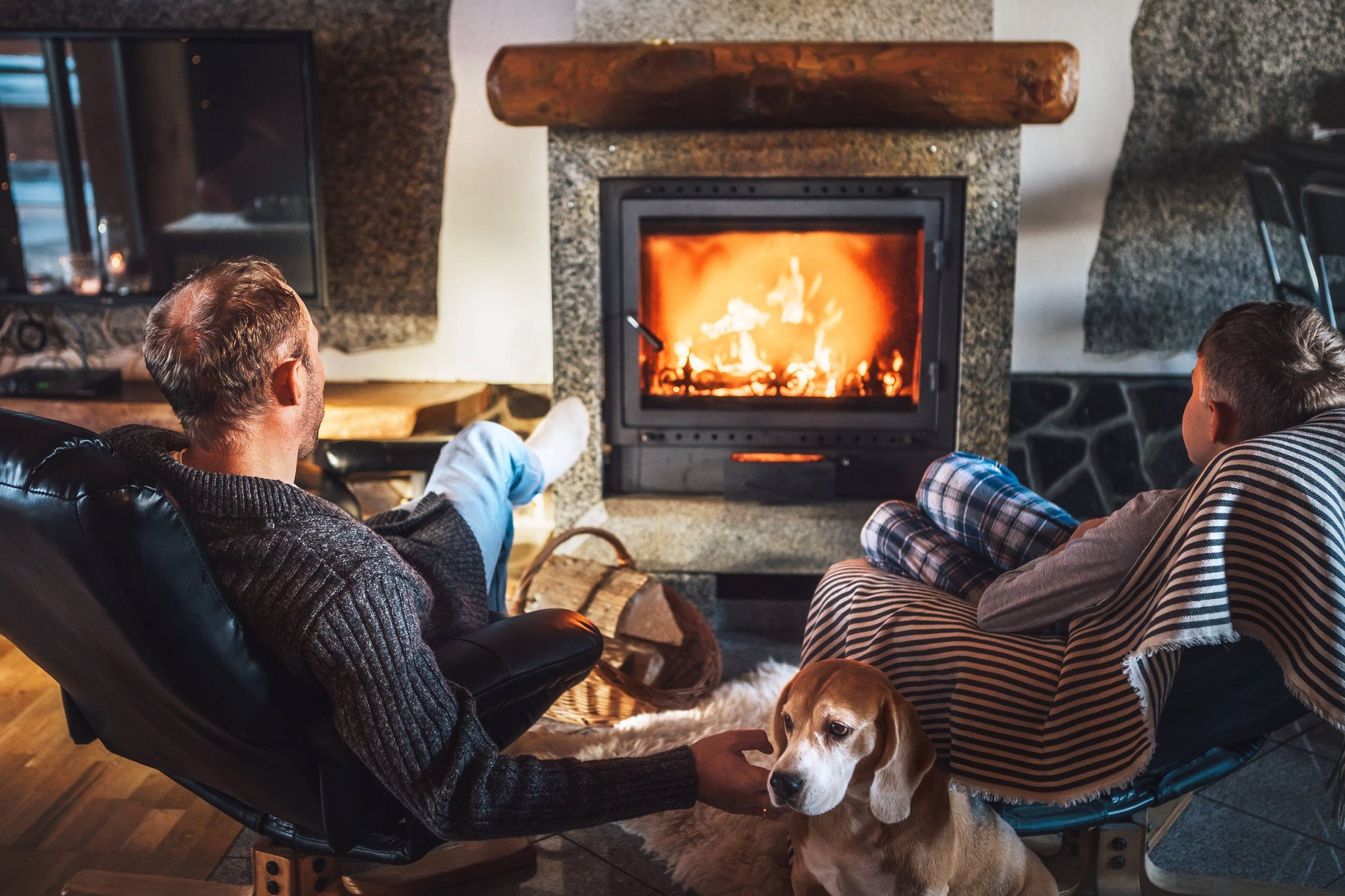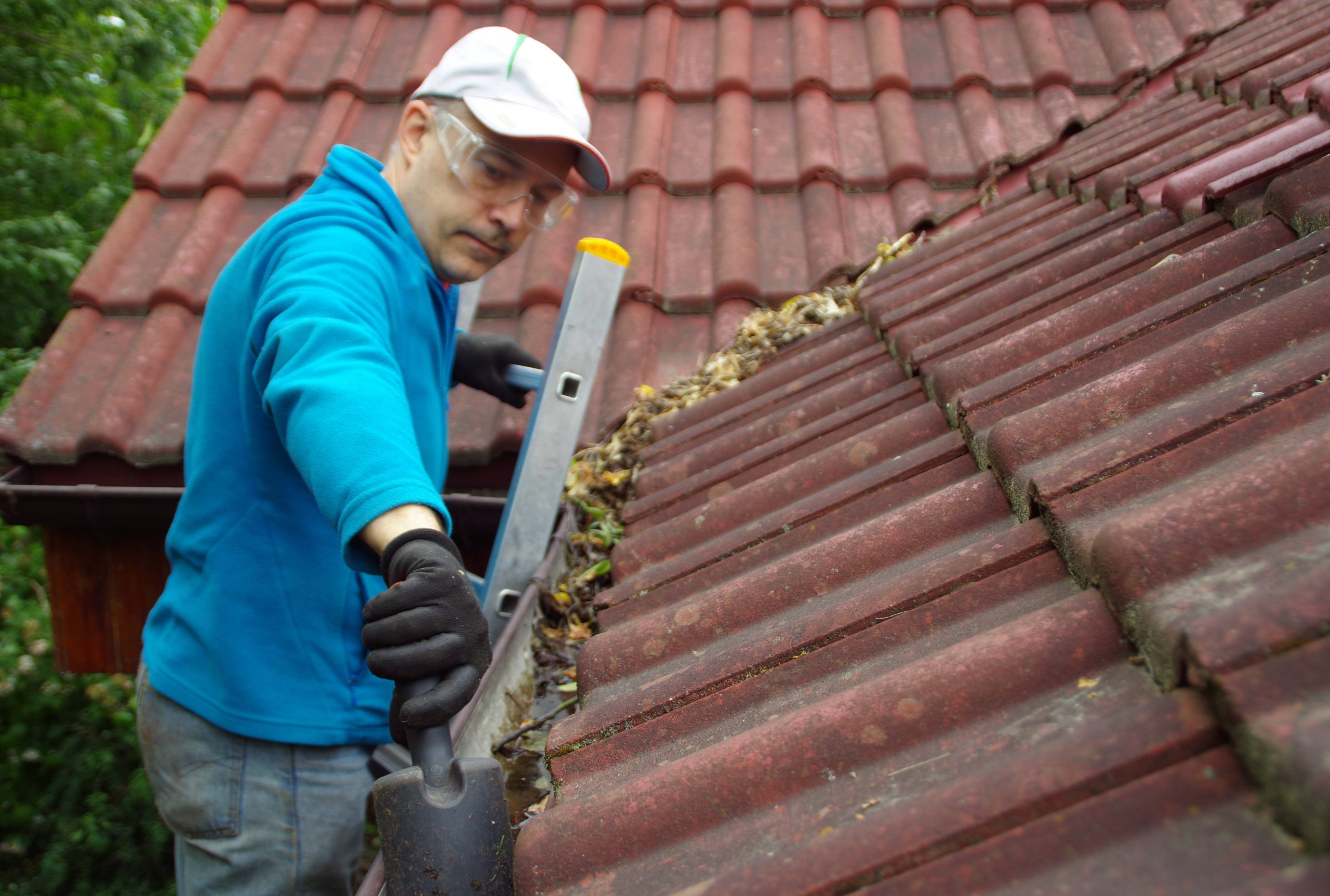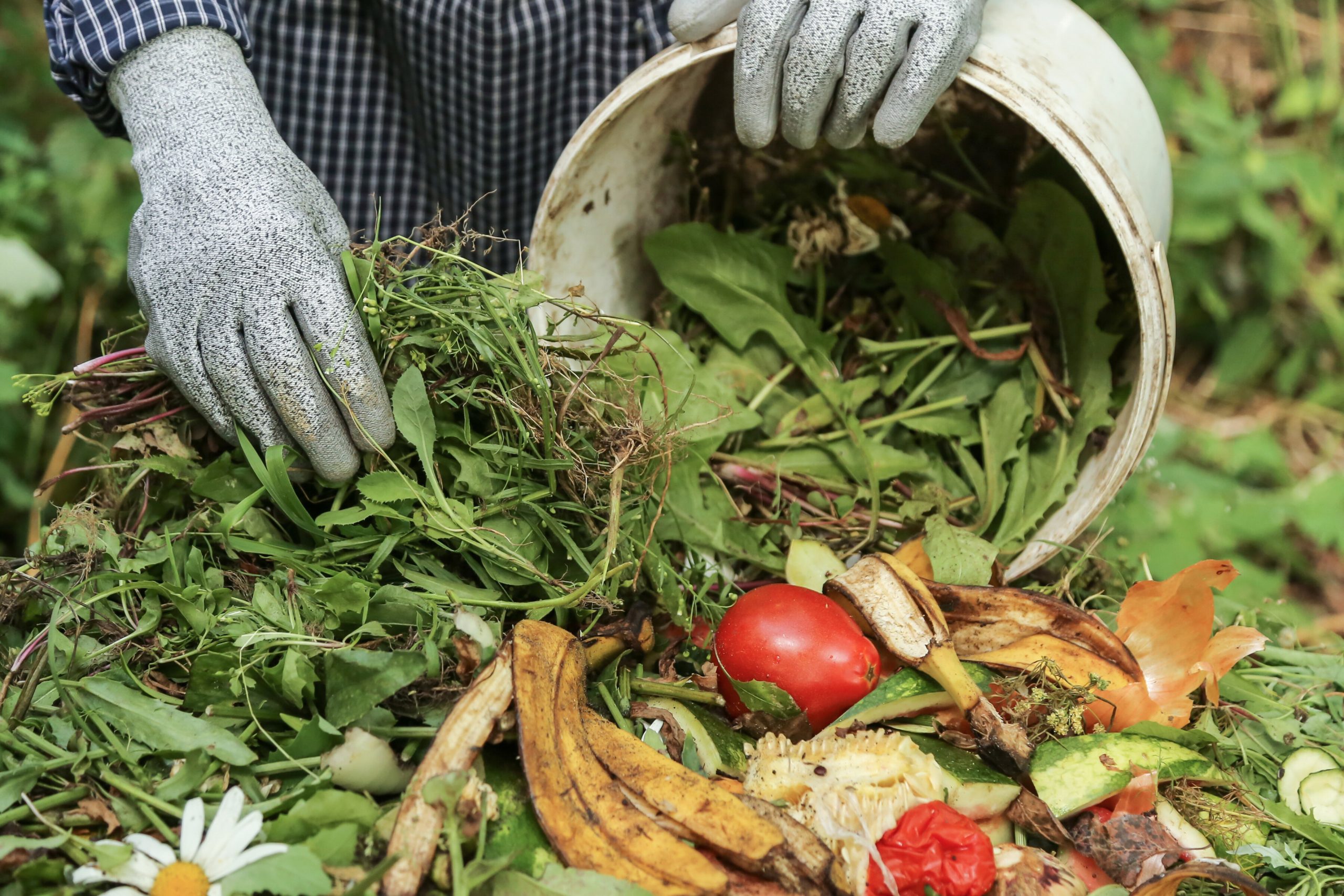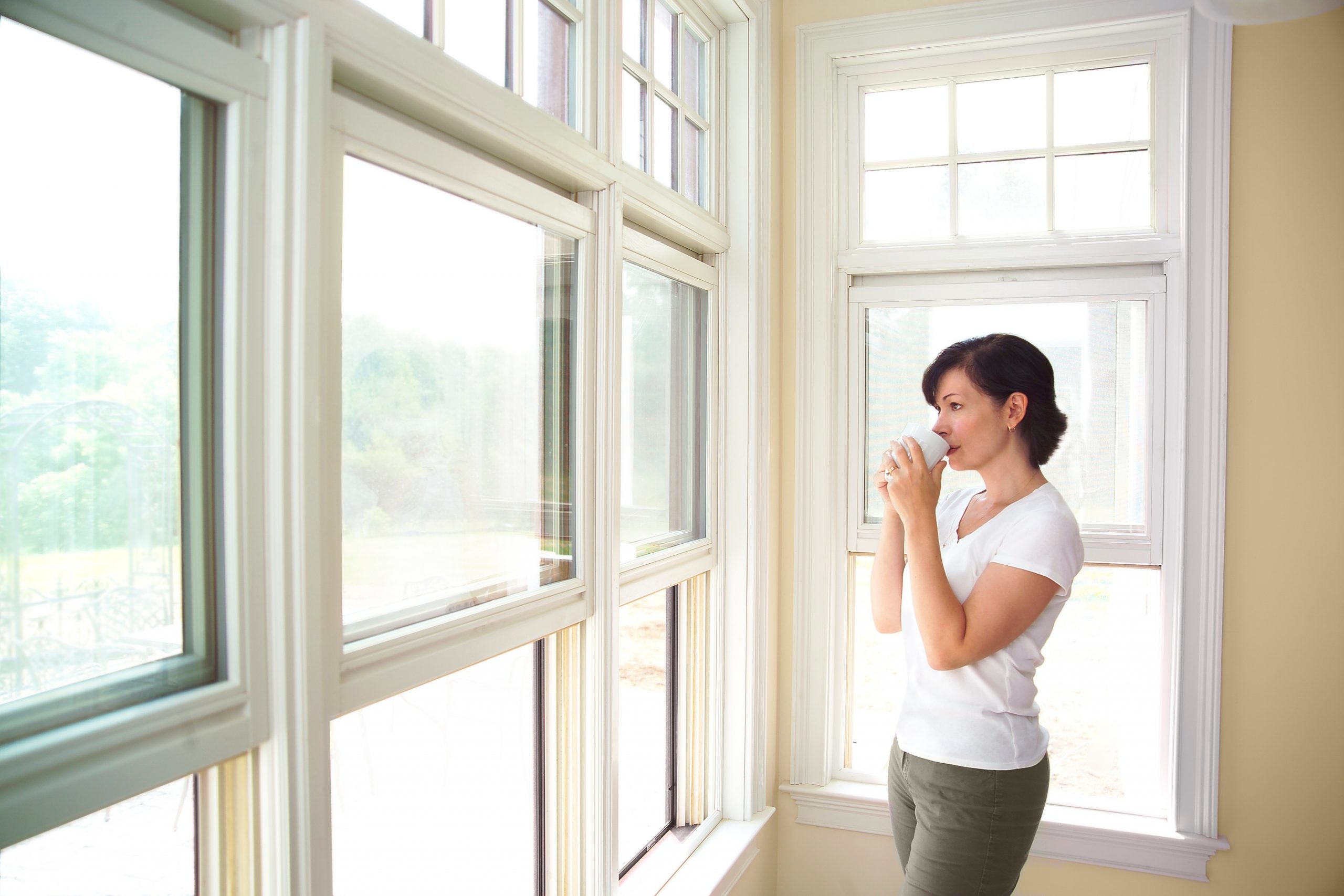Table of Contents
Fireplace and Chimney Maintenance: Stay Safe and Warm This Winter
A warm, crackling fire is one of the best parts of winter, but it also comes with responsibility. Without regular maintenance, fireplaces and chimneys can become serious safety hazards. From chimney fires to carbon monoxide buildup, neglecting your fireplace can lead to dangerous—and costly—problems. The good news? Keeping your fireplace safe and efficient is easier than you might think. Here are the essential tips for cleaning and maintaining your fireplace and chimney this winter.

Why Fireplace Maintenance Is Important
Fireplaces create cozy heat, but they also produce soot, creosote, and ash. Over time, these byproducts build up inside the chimney and fireplace. If left unchecked, they can lead to:
- Chimney fires caused by creosote buildup
- Carbon monoxide leaks from poor ventilation
- Smoke damage to walls and furniture
- Structural issues in your chimney or firebox
Staying on top of maintenance helps avoid these risks and ensures your fireplace works safely and efficiently all season long.
Inspect Your Fireplace and Chimney
Before lighting the first fire of the season, do a quick inspection to catch any problems early.
- Look for cracks in the firebox, chimney bricks, or mortar.
- Check the damper to make sure it opens and closes smoothly.
- Shine a flashlight up the flue to look for blockages like leaves, nests, or heavy soot.
- Examine the chimney cap to ensure it’s in place and not damaged—this helps keep out water, animals, and debris.
If you’re not comfortable doing a full inspection yourself, schedule a professional chimney sweep to check it out for you.
Clean the Fireplace
Keeping the fireplace clean improves airflow and efficiency.
- Remove ashes once they’ve completely cooled. Leaving about an inch of ash helps insulate future fires, but too much can restrict air movement.
- Scrub the firebox using a stiff-bristled brush and a mix of warm water and mild soap or vinegar.
- Clean glass doors with a soft cloth and a non-abrasive cleaner. You can also use a paste made from vinegar and baking soda for a natural alternative.
Schedule a Chimney Sweep
Hiring a certified chimney sweep is one of the most important steps in fireplace maintenance.
- Creosote buildup is highly flammable and the top cause of chimney fires. A sweep removes this safely.
- Chimney sweeps also inspect for damage and make sure the flue is clear and properly functioning.
- Experts recommend getting your chimney cleaned at least once a year, preferably before the heating season begins.
This small investment can prevent costly damage and give you peace of mind.
Maintain the Chimney
Your chimney needs attention too, especially after months of cold and snow.
- Seal cracks and joints in the chimney exterior with waterproof masonry sealant.
- Check the chimney crown for damage—it protects the top of your chimney from water and ice.
- Look for signs of water damage inside your home, like staining near the chimney wall. Moisture can lead to mold and weakened bricks.
Regular maintenance extends the life of your chimney and helps keep the elements out.
Burn the Right Materials
What you burn in your fireplace matters. Some materials can cause extra creosote or dangerous fumes.
- Use seasoned hardwoods like oak, ash, or maple. These burn hotter and produce less creosote.
- Avoid burning softwoods, like pine, which contain more sap and create sticky buildup.
- Never burn trash, cardboard, or treated wood, which can release toxic chemicals.
- Store wood off the ground and keep it dry to avoid mold or insect infestations.
The cleaner your fire burns, the less residue ends up in your chimney.
Use Fireplace Tools and Safety Gear
A few simple tools and accessories can make your fireplace safer and more convenient.
- Fireplace screens keep sparks and embers from flying into the room.
- Heat-resistant gloves make it safer to adjust logs and tools.
- Ash buckets with lids are perfect for storing ashes safely until disposal.
- Carbon monoxide detectors and smoke alarms should be installed in nearby rooms and tested regularly.
Safety gear doesn’t have to be expensive, and it adds an extra layer of protection for your home.
Keep a Maintenance Schedule
Regular attention helps keep your fireplace in top shape. Here’s a quick checklist:
Monthly:
- Remove ashes
- Wipe down glass doors
- Check for visible creosote buildup
Seasonally:
- Inspect firebox and damper
- Clean chimney (or hire a pro)
- Stock up on dry, seasoned firewood
Annually:
- Schedule a chimney sweep
- Inspect and repair chimney exterior
- Replace worn-out tools or accessories
Final Insights
Your fireplace can be a cozy centerpiece all winter long—if you take the time to maintain it. Regular cleaning, annual inspections, and smart fire practices help you enjoy safe, efficient heat when you need it most. With a little upkeep and attention, you’ll stay warm and worry-free through the coldest months of the year. Make fireplace safety part of your seasonal routine and enjoy the glow without the risk.




